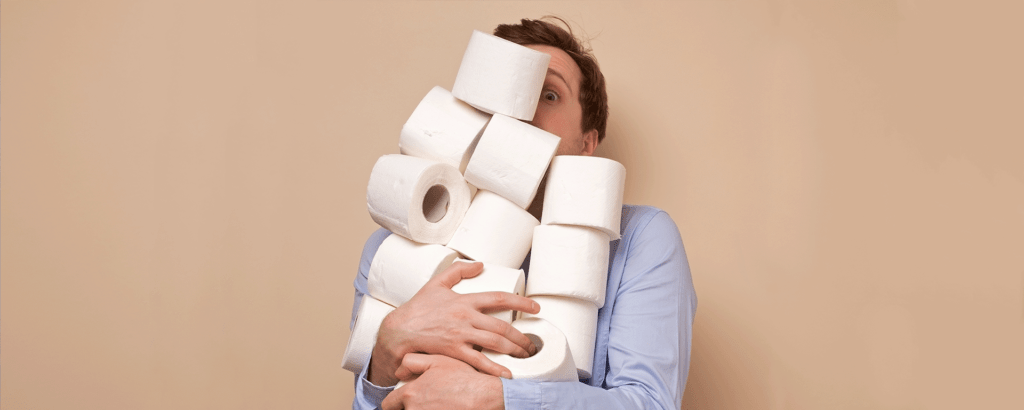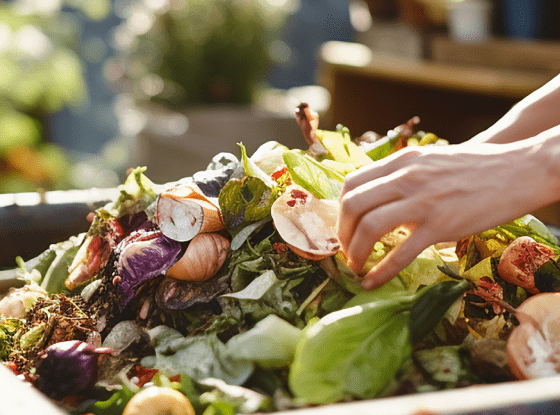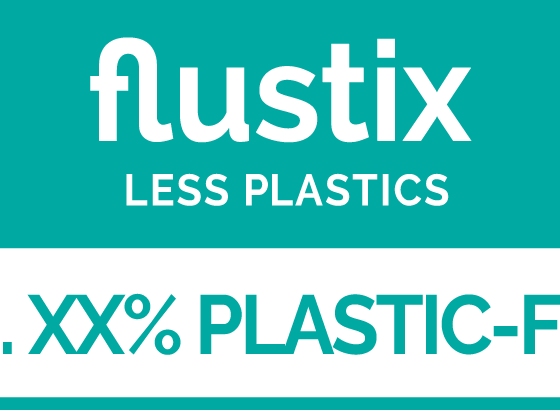It sounds brilliant at first: toilet paper king Zewa produces toilet paper without a cardboard sleeve – and thus promises “40 percent less waste”. The technology is conceivably simple: the paper is simply rolled around itself. “Zewa Smart” has “twice as many sheets on the roll”, in the end “no waste remains”. We ask ourselves: Ingenious climate-saving coup that spares huge amounts of raw materials? Or rather a cheap greenwashing act? We peek at the world of toilet paper and check what’s really important when it comes to the big wiping business.
Cycle economy and pooping don’t go together
Each person in Germany consumes just under 20 kilograms of toilet paper every year. The system is simple: the paper is flushed down after wiping and for the most part already dissolves on the way to the sewage treatment plants. Pieces that are particularly unruly or clumped with hair remain on filters before entering the treatment basins. There the unattractive chunks are skimmed off, pressed, dried, and incinerated. This also makes it clear: toilet paper cannot be recycled. After wiping, it’s definitely the end of the line: recycling and pooping don’t go together very well. It is therefore all the more important that recycled options are chosen for the bowel movement as far as possible.
Federal Environment Agency: Rainforest is being clear-cut for toilet paper
According to the German Federal Environment Agency, the proportion of recycled toilet paper in private households is only 50 percent. “We flush our forests down the toilet with it,” criticizes the authority. In fact, those who use toilet paper made from fresh fibers are even endangering the rainforest, says the Federal Environment Agency: “More and more paper fibers for the German hygiene market are coming from Brazil – including ecologically controversial plantations.” In some regions, fast-growing eucalyptus monocultures are cultivated, for which rainforest is being ripped up.
Luxury variant: five layers, with officially labeled suction zone
But instead of recycling rolls, manufacturers are focusing on high-end options. Brands such as Zewa and Hakle outdo themselves with superlatives on the subject of well-being. On each “extra-large and thick” sheet there is a “particularly absorbent suction zone that can’t be topped,” Zewa advertises its premium paper and suggests: Here you can neatly tackle even larger contaminations. The palm is excellently protected, it says supportively in the product description.
Wet toilet paper is a pump killer
A real poop story – at least from an environmental perspective – is wet toilet paper. Elaborately packaged in temporary resealable plastic sleeves, some even disposable plastic boxes, it becomes clear at a first touch: there are dramatically more raw materials and additives in here than in a plain roll of toilet paper. In addition to water-insoluble fleece materials, some products are also pimped with perfume and other additives. This ensures that the stuff in the packaging neither dries out nor clumps.
Flushable or not – that is the question here
Hotly disputed is whether wet toilet paper may be conveniently flushed down the drain – or whether it must be disposed of via a hygiene bucket in the residual waste. Numerous manufacturers now advertise their products with self-designed seals. “Safe” and “harmless to flush down” and “quick-dissolving”, they say. Contrary to these indications, disposal companies and environmental protection organizations warn urgently against throwing wet wipes down the toilet. “Pump killers,” is what the Environment Ministry of the state of Rhineland-Palatinate calls these pieces. The Federal Environment Agency refers to “millions in damage” by “paralyzed pumping stations.”
Simple self-test proves a self-made seal to be nonsense
Even claims like “fast dissolving” don’t change that. Because “fast” isn’t fast enough here: in our living room lab at home, we pack two different types of damp toilet paper (including an “organic” brand) and two sheets of conventional toilet paper into a bowl of water. An hour later, we bring the three test objects back on land. While the traditional toilet paper fell apart into its constituents, nothing changed in the condition of the wipes. They can be easily removed from the water and dried again. Soluble? Looks different.
Climate-friendly and social: every wipe means a donation
But you can also do good while defecating: The non-profit company Goldeimer from Hamburg does not simply produce toilet paper, it is committed to a “sustainable sanitation turnaround and a secure sanitation supply.” Or shorter: “All for toilets! Toilets for all!” is the slogan. Those who buy Goldeimer paper use it to support projects around the world that aim to provide sanitation for people who do not have access to clean toilets. The company is also experimenting with dry toilets at festivals: instead of using six to nine liters of water per flush, people pile wood shavings onto the poop. This produces a dry mass that Goldeimer composts and advertises and tests as a high-quality fertilizer. In Hamburg, a poop forest (yes, that’s really what it’s called) is already growing with shrubs and poplars. Important: All Goldeimer rolls are made from 100 percent recycled paper (independently certified).
Sustainably on the throne: toilet paper made from straw, bamboo and without plastic
Other start-ups are also tinkering with sustainable solutions. Snyce from Arnsberg (NRW) ships its toilet paper, which is certified as 100 percent recycled, exclusively in cardboard boxes that are also recycled, and therefore calls it plastic-free. Oecolife also promises rolls packaged in paper made from “rapidly renewable or recycled raw materials such as bamboo, straw, unbleached pulp or waste paper.” According to the manufacturer, The Good Roll is made exclusively of recycled paper, and is also free of chlorine, dyes and fragrances. The company donates 50 percent of net profits to the construction of toilets in developing countries.
The tubeless toilet paper smells more like a shallow PR fart
What does this roundup tell us about Zewa’s tubeless toilet rolls? How smart are they, really? Our conclusion is clear: Zewa Smart is a shallow fart at most, and you don’t have to go all out for it. A nice add-on, but as long as freshly produced fibers are used for the toilet paper, this is not a revolutionary contribution to nature and climate protection..
This might also interest you:
Why do we have too little waste paper, even though the garbage cans are always overflowing?
 English
English Deutsch
Deutsch




